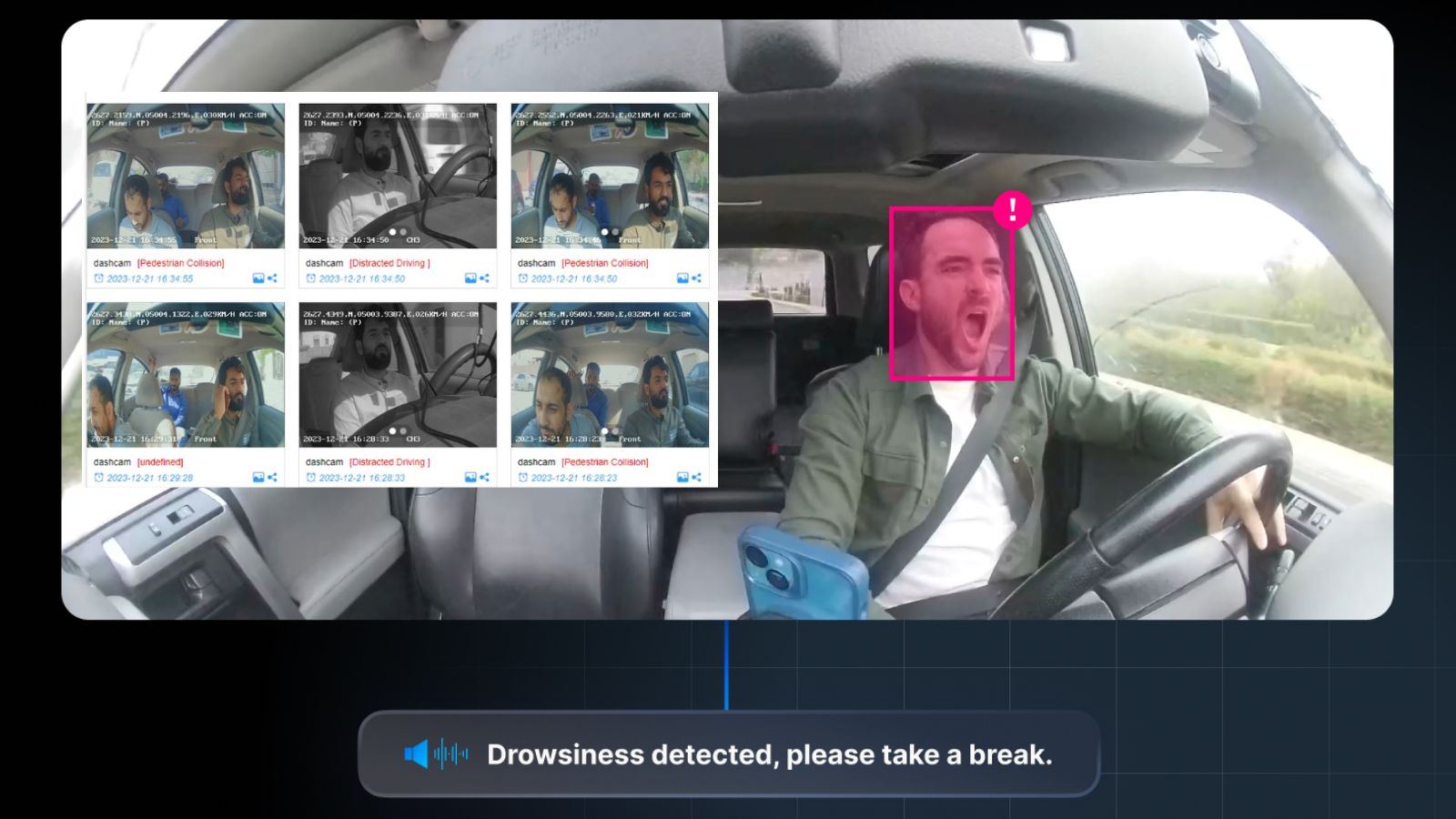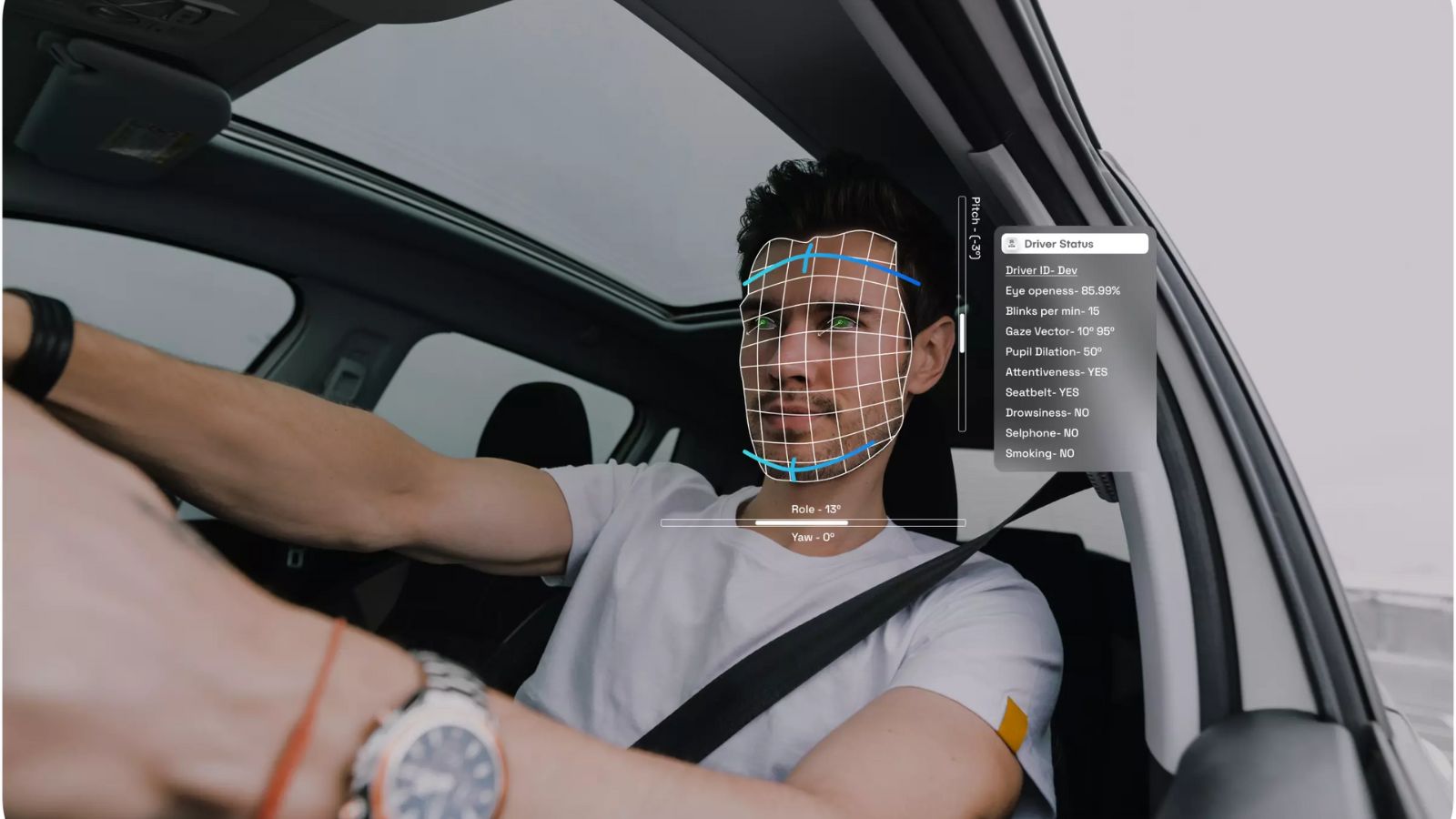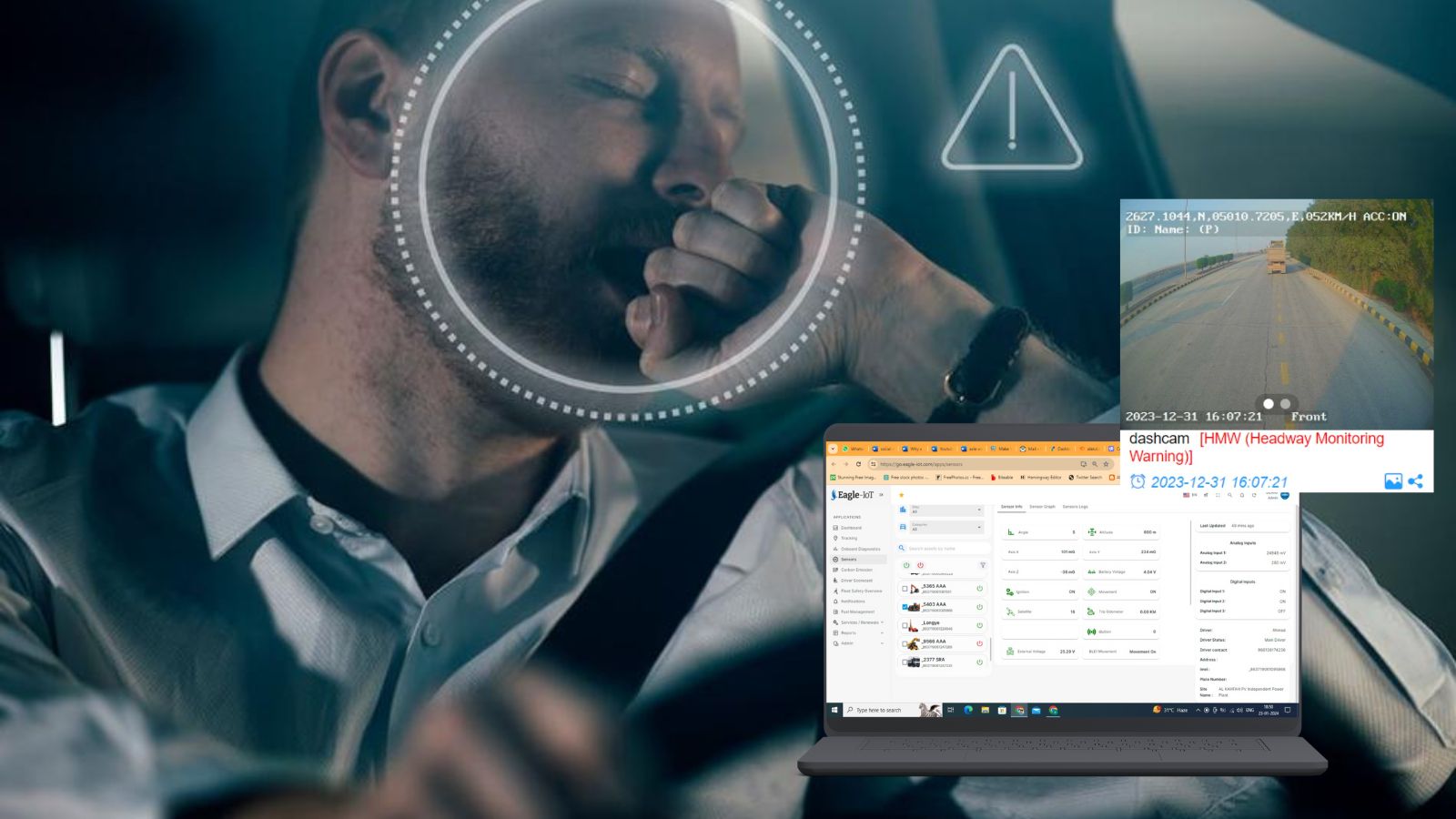Fleet safety isn’t just a policy—it’s a culture. While technologies, procedures, and regulations form the backbone of a safety program, the real difference-maker lies in the people behind the wheel. Building a culture of safety starts with engaging drivers, winning their hearts and minds, and helping them understand their vital role in keeping roads safe.
No matter how sophisticated a fleet safety strategy may be, its effectiveness depends heavily on driver buy-in. Without their engagement, safety programs risk being seen as just another corporate formality. The key is making drivers feel personally connected to the mission of safety.
Understanding the Identity Gap: “I’m Not a Driver”
One of the first hurdles fleet managers face is changing how drivers see themselves. Many employees who drive for work—maintenance technicians, engineers, delivery personnel—don’t consider “driving” part of their core role. To them, driving is simply a means to get from point A to point B. As a result, they may view driving-specific safety programs as irrelevant.

Changing this mindset is critical. Fleet and safety leaders must help these employees understand that any time they’re behind the wheel on behalf of the company, they are business drivers—and every mile they travel comes with responsibility. Communicating this early and often ensures that safety becomes part of how they see their job, not an add-on.

Start Strong: Make Safety Central from Day One
First impressions matter. The onboarding experience for new drivers—or employees who drive—sets the tone for their relationship with safety. A robust driver safety policy should be integrated into every new hire’s induction process, regardless of whether they see driving as their primary function.
This goes beyond simply reviewing rules. The induction should communicate expectations, introduce key tools, explain support systems, and emphasize that the company truly cares about how its people drive. If drivers feel that the organization is invested in their safety, they are far more likely to reciprocate that care through thoughtful, responsible driving.
Communication Matters—Make It Personal
The way safety is communicated can influence whether it’s embraced or ignored. All too often, organizations rely on regulatory or financial messaging—warnings of fines, insurance hikes, or liabilities. While these are important, they can also come across as impersonal or self-serving.

A more effective approach is to focus on the moral and human aspects of safety. Instead of asking drivers to comply to avoid penalties, ask them to engage so they can return safely to their families every day. Humanizing the message—by framing safety as a shared goal and moral responsibility—creates emotional resonance. It reminds drivers that safety isn’t about rules; it’s about lives.
Ongoing Engagement: Keep the Conversation Going
Even the best onboarding program can fade from memory without reinforcement. That’s why fleet safety communication must be continuous. Regular check-ins, safety bulletins, driver forums, and feedback loops help keep safety top of mind.
Periodic refresher courses, toolbox talks, or even digital nudges (like alerts from fleet management platforms like Eagle-IoT) can maintain awareness. When safety is embedded into the rhythm of daily operations, it becomes second nature—something that drivers live out, not just sign off on.

Equip Drivers with Tools, Not Just Rules
Safety culture is more than expectations—it’s also about empowerment. Drivers need practical tools that help them manage risk and make safer decisions on the road. This can include real-time feedback from telematics, access to vehicle maintenance apps, hands-free communication tools, or even route optimization systems to reduce fatigue. Investing in tools shows drivers that the organization isn’t just holding them accountable—it’s helping them succeed. This sends a powerful message: “We’re in this with you.”
Gamification: Making Safety Fun and Competitive
Another creative and increasingly effective strategy is gamification—using data-driven competitions to encourage safer driving behaviors. Eagle-IoT Fleet Management Platform offers tracking for key metrics like speed, harsh braking, fuel efficiency, and idling. By displaying these metrics in a driver leaderboard, companies can create healthy competition.
Rewarding top performers or most improved drivers with gift cards, recognition events, or company-wide shoutouts adds a layer of motivation. When done right, gamification taps into drivers’ competitive spirit and turns safety into a goal they actively pursue. Importantly, this method works best when paired with positive reinforcement—it should celebrate progress, not punish mistakes.
Management Buy-In: Leading by Example
For any safety program to work, leadership must walk the talk. That means senior managers should be visibly engaged in the program—acknowledging milestones, listening to driver concerns, and reinforcing the importance of safety in public forums.

When drivers see that leadership values their safety and listens to their input, they feel respected and included. This fosters a culture where safety becomes everyone’s business—not just something imposed from the top down. Moreover, transparency about program goals is vital. Why is the program being introduced? How will it benefit the business and its people? What kind of impact is expected, and how will success be measured? Answering these questions up front builds trust and ensures alignment.
Hard Truths: Accountability is Part of the Process
While positivity is essential, accountability has a place in fleet safety too. Drivers must understand that unsafe driving has real consequences—legally, financially, and morally. In serious cases, drivers can face legal action, especially if their behavior results in injury or loss of life.
It’s not about fear-mongering; it’s about clarity. If expectations are clear from the start, and drivers are given the tools to meet those expectations, accountability becomes a natural part of the system—not a threat.

A Culture Built on Respect and Care
Ultimately, the most successful fleet safety programs are those that genuinely care for drivers. It’s not about control; it’s about collaboration. When drivers feel seen, supported, and respected, they take ownership of their role in safety.
By listening to their concerns, involving them in policy design, and recognizing their efforts, organizations build trust. And trust is the foundation of any strong safety culture.
The Road to Safer Fleets Starts with People
Fleet safety is not a checklist—it’s a culture shaped by the people who live it every day. While systems, tools, and strategies are important, it’s the attitudes, beliefs, and behaviors of drivers that ultimately determine the success of any initiative.
When organizations commit to winning the hearts and minds of their drivers, they’re not just reducing risks—they’re building stronger, more resilient teams. And that’s a journey worth investing in.
To learn more about how Eagle-IoT is helping businesses build safer, smarter, and more connected fleet operations through intelligent monitoring and driver engagement tools, contact us today for a personalized consultation.


